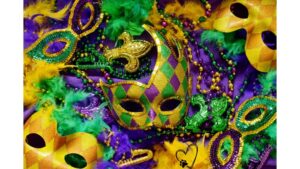Cats are fascinating creatures that have captivated the imaginations of people worldwide. Among their most mesmerizing features are their eyes, which can vary significantly in color. From deep gold to striking blue, the variety of cat eye colors is not just a matter of beauty but also a subject of genetic, health, and breed-specific curiosity. In this guide, we will delve into the different colors of cat eyes, unraveling the mystique and science behind these captivating orbs.
The Science of Cat Eye Colors
The color of a cat’s eyes is determined by the melanin in the iris, the colored part of the eye. Melanin is a pigment that not only gives color but also helps protect the eyes from sunlight. The amount and distribution of melanin dictate the eye color, ranging from blue, green, yellow, and orange to copper and brown. Interestingly, all kittens are born with blue eyes, with their true eye color developing as they age, usually stabilizing around 8 to 12 weeks.
Blue Eyes
Blue-eyed cats are among the most striking, with their gaze often compared to looking into the ocean. These cats have a lack of melanin in their irises, which results in the blue appearance. The Siamese breed is well-known for its enchanting blue eyes due to a genetic mutation affecting melanin distribution. Additionally, breeds like the Ragdoll and the Himalayan often feature beautiful blue eyes as well.
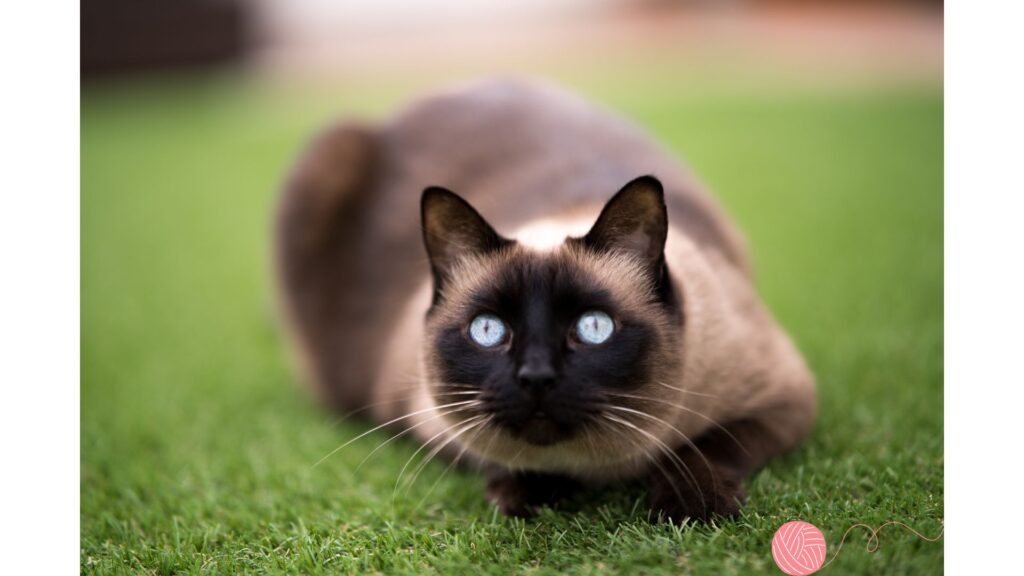
Green Eyes
Green-eyed cats possess a medium amount of melanin, and this eye color is often associated with wildness and mystery. The captivating green hue ranges from a bright lime to a deep forest green. Breeds renowned for their green eyes include the Russian Blue and the Egyptian Mau, both of which boast an elegant and mysterious allure.
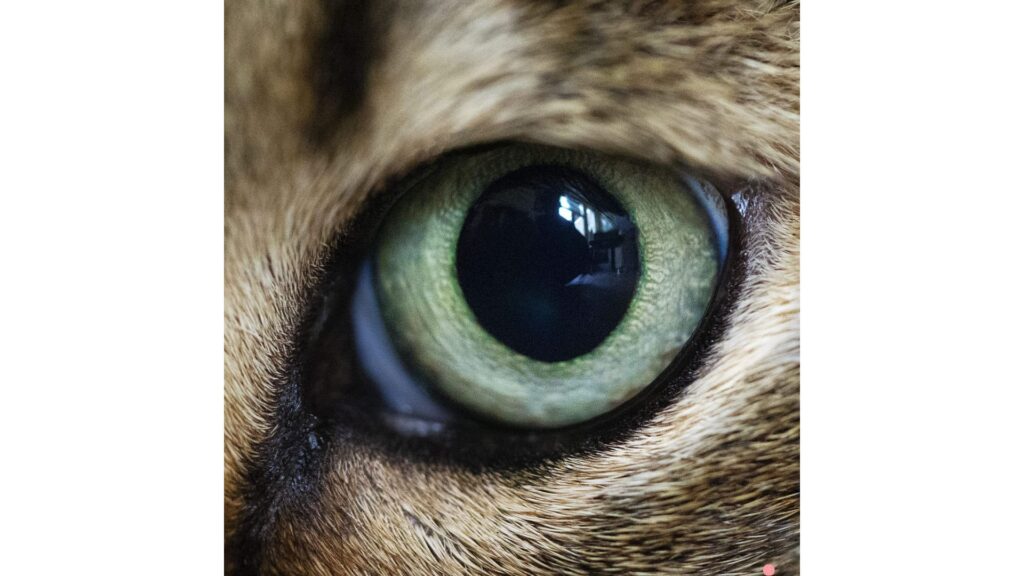
Yellow and Orange Eyes
Yellow or orange eyes in cats are a result of a high concentration of melanin. These eye colors are among the most common and can vary greatly in intensity and shade. The glowing, amber eyes often seen in breeds like the Bengal or the Abyssinian add to their exotic appearance, making them stand out.
Copper and Brown Eyes
Copper and brown eyes are the most melanin-rich, creating a warm and intense gaze. While less common than the other colors, when present, they provide a captivating depth to the cat’s appearance. Persian cats are a prime example of a breed with luxurious coats that are often accompanied by deep, copper-colored eyes.
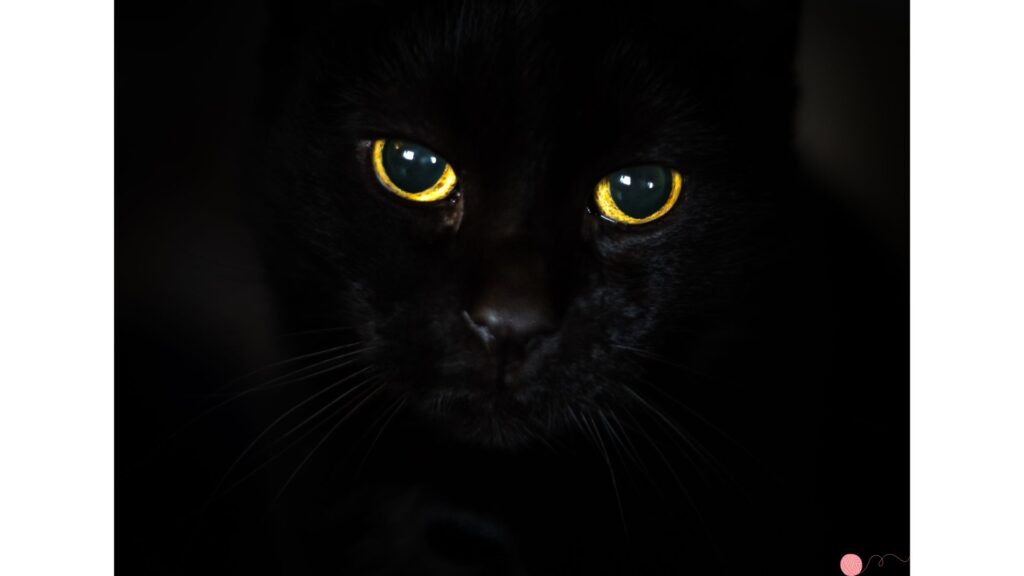
Health and Genetics Behind Eye Colors
While genetics play a significant role in determining a cat’s eye color, health conditions can also influence or change the hue of their irises. For example, diseases such as uveitis, an inflammation of the eye’s middle layer, can alter eye color. It is important for cat owners to pay attention to any changes in the color or clarity of their cat’s eyes, as these could indicate underlying health issues.
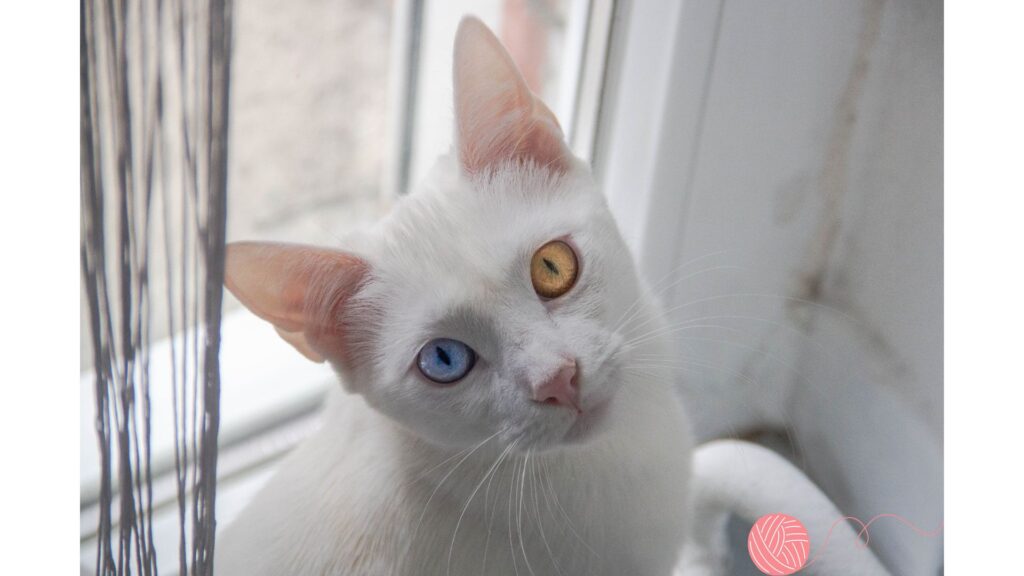
Conclusion
The different colors of cat eyes are a testament to the diversity and beauty of these beloved animals. Beyond their aesthetic appeal, the color of a cat’s eyes can tell us much about their genetics and health. Whether your feline friend has mysterious green eyes, deep blue oceans to gaze into, or intense amber jewels, their eyes are a window to their unique identity and charm. As we continue to be fascinated by the myriad of cat eye colors, it is essential to remember the importance of regular veterinary checkups to ensure those captivating eyes remain healthy and clear.




